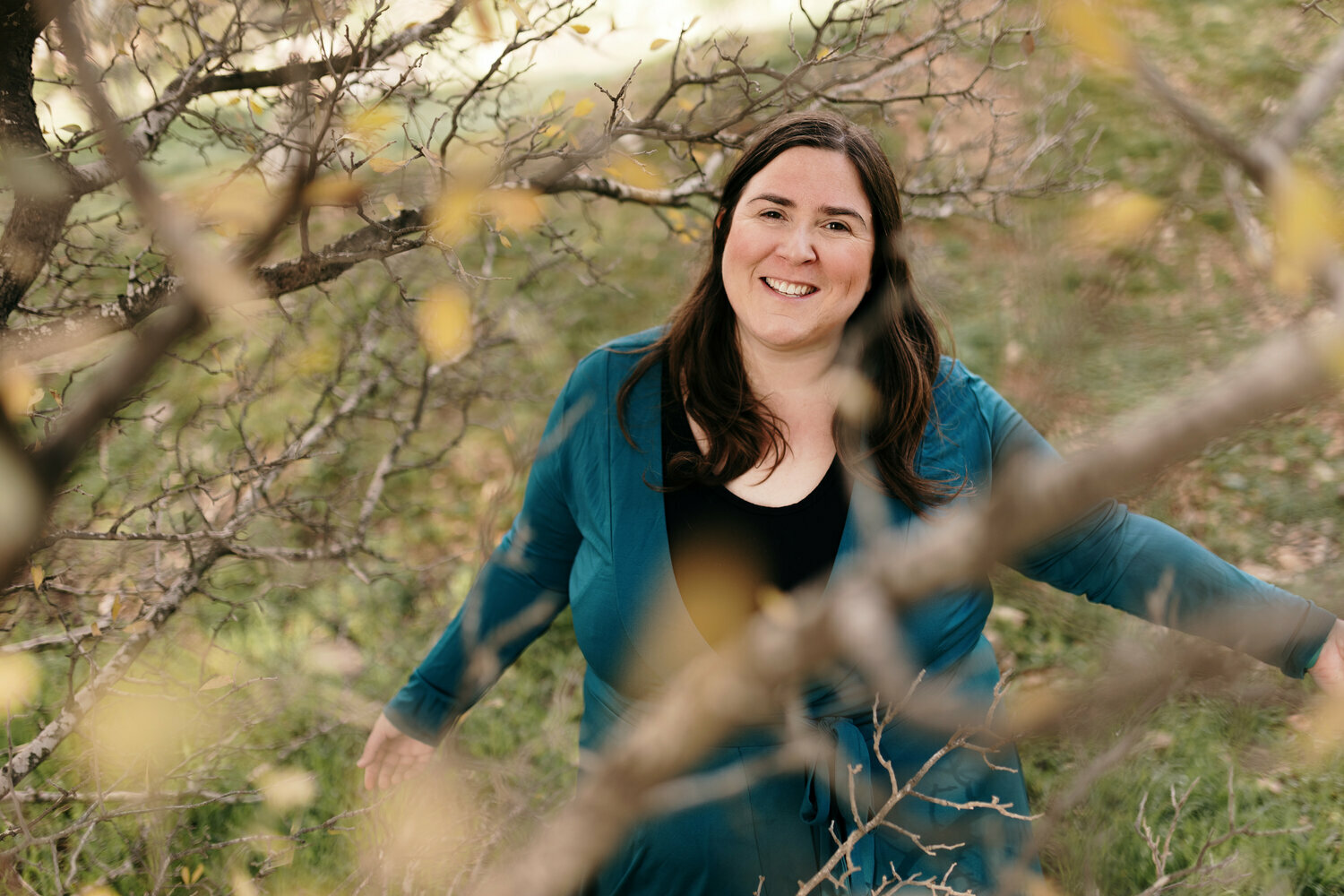Thoughts this Hanukkah
Growing up in Australia, Hanukkah was more about barbecues and summer camp than fuzzy sweaters and cozy nights. My favorite event of the year was an enormous gathering of every Jewish community in my hometown, Melbourne, held at a local park. Thousands of Jews who might never step into a synagogue would show up with their entire families, pets and friends to spend an afternoon on carnival rides, dancing to Jewish music, eating latkes and fairy floss — Australian for cotton candy — and finally watching dignitaries tremble atop a giant cherry picker, lighting the sky high Hanukkah menorah. A fireworks display ended the night, and I remember leaving filled with pride, honored to be Jewish.
Growing up in a Chabad communities, I learned of the ins and outs of placing a menorah in public places. Years later, I read of the initial struggles here in the US when the Lubavitcher Rebbe first encouraged public menorah lightings.
People were afraid. It felt scary. No matter how long Jews have lived safely in the U.S. and Australia, we carry within us the cellular memory of our very own grandparents and great grandparents, who fled for their very lives because of their Jewish identities. We carry the intergenerational trauma of our ancestors who couldn’t display their Hanukkah lights publicly.
And yet the rabbis of the Talmud instruct us that the Hanukkah lights are to be placed at the window or at the door, precisely so that they can be seen by all. Public and proud.
I once wondered why.
Then I began studying trauma. I read studies that shared how an antidote for persecution and oppression, as witnessed by others who have suffered over the generations is that instilling a sense of knowledge of history and tradition, and pride in one’s identity, is a model for building resilience in the wake of trauma.
Could it be that the very core of the Hanukkah story, which celebrates the ancient Judean freedom to practice their tradition in the temple of Jerusalem and in the land of Israel, is for us today – thousands of years later – to find beauty in those traditions and display them publicly, despite the feeling in our guts that maybe it’s not safe, just as it wasn’t for our grandparents?
Today in 2023 we are facing this question more than ever before. With Israel and Hamas at war in Gaza, antisemitism rising all around the world, and a newly reawakened fear for our very existence as Jews, many have suggested leaving the Hanukkah menorahs indoors this year. Hanukkah decorations feel like a radical act more than ever.
And yet, our rabbis of antiquity knew that a public display is precisely the antidote to our anxiety. It was that being open and proud of our Jewish identity and traditions creates an environment where everyone can be safe and free to express their identity. In America today , it is precisely by upholding those values of freedom that allow one to express a personal identity and culture that we can grow into a world that honors all people of all backgrounds with respect and tolerance.It is the light of the Hanukkah menorah that will stem the tides of hate and turn them into love.
May these lights of Hanukkah reflect the lights in our hearts that encourage us to stand with pride for who we are. May it honor the work of our ancestors to be free to express themselves and their heritage. May it hold the pain of so many in a dark world right now and bring them from grief and mourning into joy and celebration. May it remind us of the light inside of us that has existed since the beginning of time and show us how we can shine on, shine bright, and build a better world of light amidst the darkness.
Wishing all in our local communities and throughout the world a bright, light filled and happy Hanukkah!
Rabbi Rishe Groner is the spiritual leader of Congregation Beth Ohr.






